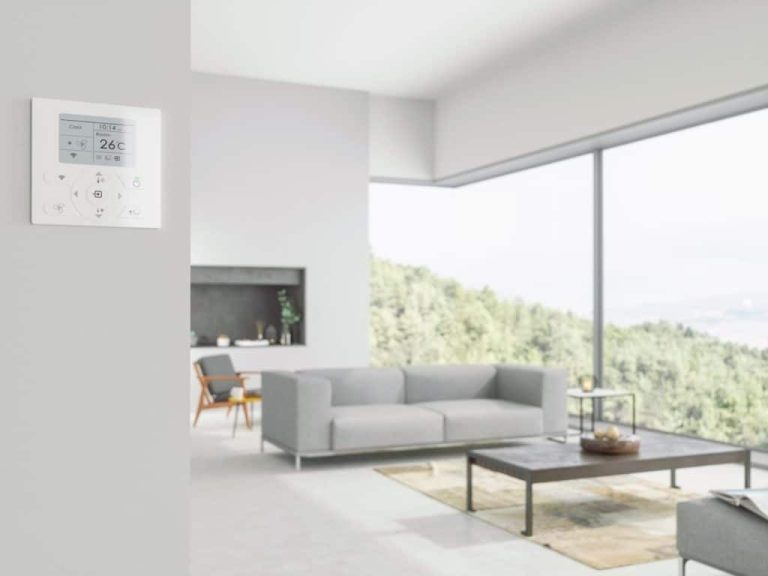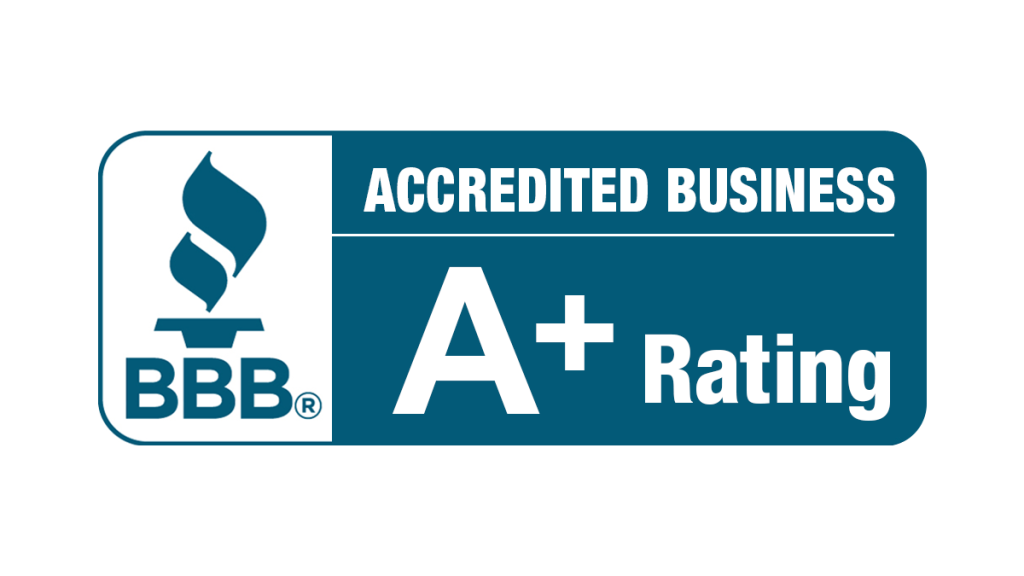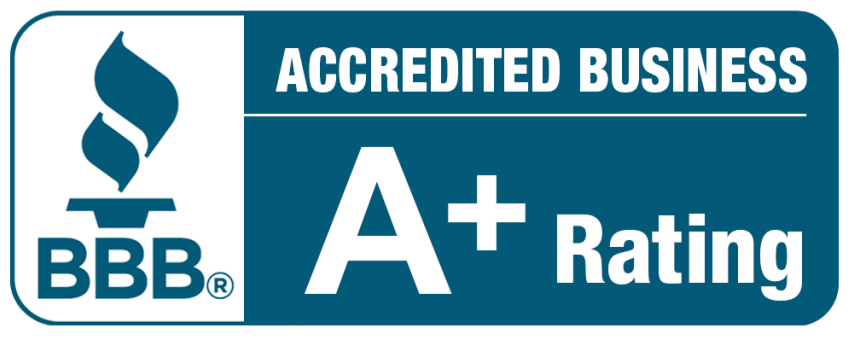
Does Sam think the room is too cold while Bryce wants it even cooler? With just one HVAC unit, how do you plan to solve such problems? An HVAC zoning system will bring that to an end.
With an HVAC zoning system, you can optimize the temperature and airflow in the different rooms of your home according to the different preferences of the room occupants. It allows you to adjust the temperature of different zones independently for maximum comfort. This also helps in saving energy because you don’t have to cool all empty rooms just because you want to cool one. You can zone your room only.
We have listed some things to help you understand how to improve the airflow and comfort in your home with HVAC zoning.
Keep reading!
Understanding the Basics of HVAC Zoning
For you to improve the quality of airflow and comfort in your home, you have to understand the basics of HVAC zoning. Here it is:
What is HVAC zoning?
Unlike the traditional HVAC system with one thermostat that controls the heating and cooling system of your entire home. HVAC zoning systems have a thermostat for each room and can control the system of each room independently.
Types of HVAC systems
There are two major types of HVAC system
Duct HVAC system
Dust HVAC systems are used in both residential and commercial buildings. And they distribute air through a series of air ducts. Under this, we have a split system, a hybrid split system, and a zoned system.
Ductless HVAC system
They are commonly used in small buildings or temporary work sites. They are designed to cool or heat your home without any air ducts. Under this, we have a ductless mini-split, portable spot cooler, portable heat pump, and hydronic heating.
Components of an HVAC zoning system
Let’s quickly describe the various components of a zoning system.
HVAC zoning system has 3 essential components;
- The thermostats: A zoning system breaks your home into different zones, and the thermostat regulates the temperature of those different zones.
- Electronic Dampers: When you adjust the temperature of your home, whether warm or cold, the electronic dampers will control the flow of the conditioned air needed in that zone.
- The control panel: The control panel is at the center of your zoning system and it relays information between the thermostat and electronic dampers. Ensuring that you are comfortable in your home.
Benefits of HVAC Zoning
No matter the type of home, maybe a duplex, a bungalow, or something bigger. You have more sunlight entering some rooms than others. That means some will naturally be hotter than others. HVAC zoning will help you control the temperature in your home. Here are some benefits of HVAC zoning:
Improved energy efficiency
Those rooms in your house that are not used frequently should be in separate zones, with each having its thermostat to control the temperature directly. Zoning for rooms that are not in use in both summer and winter will save money and reduce the cost of electricity. This means the system will not heat/cool the entire house at the same time. This means less energy consumption.
Enhanced comfort
Zoning gives you the ability to control the amount of energy used by each room since they each have their thermostat. Just with a switch of a button, you would be able to control the temperature of the different rooms in your house. You can adjust the temperature of each room remotely during temperature fluctuations or when the weather changes.
Improved indoor air quality
HVAC zoning systems will regulate the movement of air in your home as each zone is kept separate. HVAC zoning systems will ensure the required air in circulation. This system helps in keeping out dust, pet dander, and mold from spreading. With HVAC systems zoning, you can adjust the temperature of each room to fit the person in that room. I guess some members of your family prefer their room to be much colder, others a little warmer. Zoning your home will help you achieve these.
How to Implement HVAC Zoning in your Home
Determine your home zoning needs
The design of an HVAC zoning system relies on different factors, such as the size and layout of your home, the type, and the number of zones, type, and size of the dampers and thermostats. You need to put into consideration the square footage, the number of suspended floors, the insulation, the windows, and the doors of your home. These factors will affect airflow distribution, loss, and heat gain in your home.
You should decide the number of zones you want to create. Put similar cooling and heating needs that you’ll use at similar times in the same zones. Choose a programmable thermostat that is better than the manual thermostat that requires you to adjust it by hand. The programmable thermostat can be set to adjust the temperature based on a schedule automatically.
Consult with an HVAC professional
Before Installing an HVAC zoning system in your home, call a professional HVAC contractor. The contractor will check your home, design the zoning system, install the dampers, thermostats, and controller, and then test the system to see if it is working properly. The process of installation differs, depending on the complexity and type of the zoning system. A professional will also give advice on which type of HVAC zoning system to use.
Installation and setup for an HVAC zoning system
To get your HVAC zoning system running properly, it requires standard installation and setup. So how do you set up this system? Installations and setup involve sealing, and cutting the ductwork to install the dampers, wire the dampers and thermostats, and then the controller to the HVAC system and power source. Mount the controller and thermostat on the walls. Program the thermostat to the desired temperature and schedule it for the different zones.
Install batteries, and plug-in sensors in each room in your home. For proper installations, call an HVAC expert.
Tips for Optimal HVAC Zoning
Proper placement of thermostats
Where is the best place to install your thermostats? If your thermostat is placed correctly, it will reduce the cost of electricity.
It should be placed in your living room where everyone will have access. Don’t place it near the windows and doors, above vents, or in spots that receive sunlight. Don’t place it in rooms you rarely use.
Regular maintenance of the HVAC system
For your HVAC system to run efficiently, it requires regular maintenance, which consists of constantly changing the air filters, cleaning the dampers and ductwork to remove dust, to keep the system clean. Always check the thermostat to ensure its accuracy and functionality. Schedule regular checkups by a professional.
Use of programmable thermostats
One of the ways to improve the airflow in your home is to use a programmable thermostat. It is designed to take effect at different times of the day to adjust temperatures according to a series of programmed settings. It is also known as a clock thermostat or setback thermostat.
Losses of energy from your home become greater as the difference in temperature increases either heating or cooling. A programmable thermostat reduces the loss of energy by allowing the temperature difference to be reduced when the amount of heating or cooling would not be objectionable.
Using a programmable thermostat will save money, increase your home’s efficiency, and keep your HVAC system optimized.
A Word from Morehart Air Conditioning & Heating
Are you ready to upgrade your home’s HVAC system and enjoy personalized comfort in every room in your entire home? Just imagine you regulate your HVAC system for the separate rooms in your home. Morehart Air Conditioning & Heating can make your imagination a reality.
We at Morehart Air Condition & Heating are trained and certified technicians with years of experience and a commitment to quality service. We’ll work with you to design and install a well-customized HVAC zoning system that fits your home. Don’t settle for uneven temperatures and poor airflow in your home. Schedule an appointment with us today to make your home more comfortable. Contact us.
Frequently Asked Questions
An HVAC zoning system is a setup that allows you to control the temperature in different areas or zones of your home independently. Unlike traditional systems that use a single thermostat for the entire house, HVAC zoning systems use multiple thermostats to regulate temperature in each zone.
HVAC zoning systems enhance comfort by allowing you to adjust the temperature in each room according to personal preferences. This means you can keep some rooms cooler or warmer without affecting the entire house, providing a tailored comfort experience for everyone.
The main components of an HVAC zoning system include:
- Thermostats: Control the temperature in each zone.
- Electronic Dampers: Regulate the flow of conditioned air to different zones.
- Control Panel: Acts as the central hub that relays information between thermostats and dampers.
Consulting a professional ensures that your system is designed and installed correctly. An HVAC contractor will evaluate your home’s specific requirements, recommend the best zoning system, and handle the installation and setup.
Contact a reputable HVAC contractor like Morehart Air Conditioning & Heating. They can assess your home, recommend the best system for your needs, and handle the installation to ensure optimal performance and comfort.




